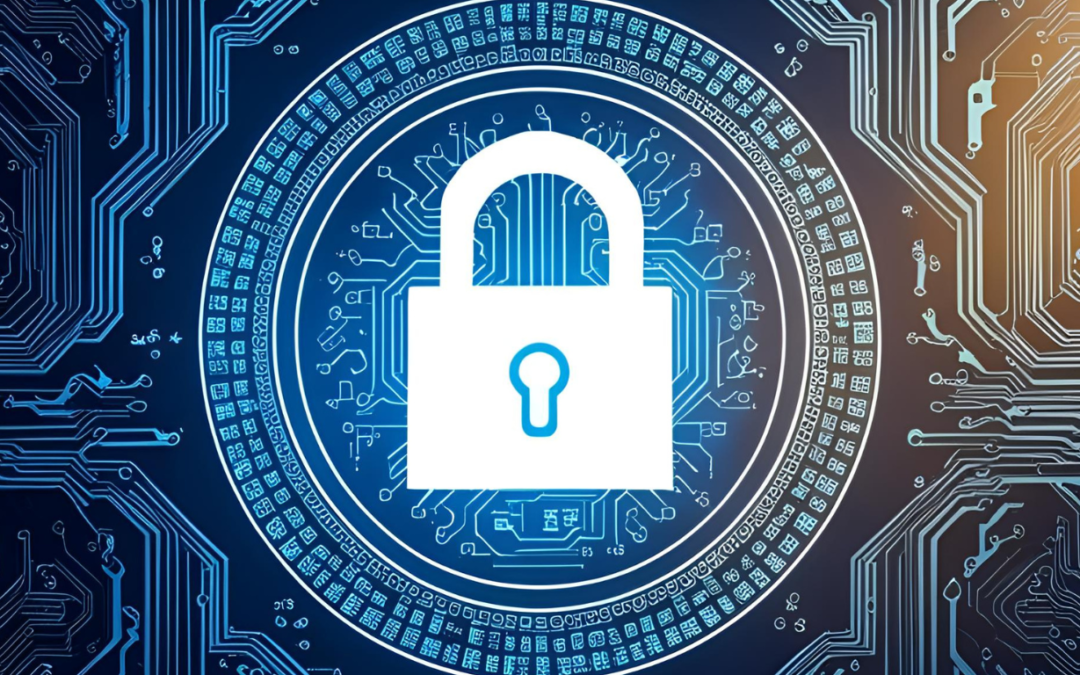Cybersecurity was seen as a concern primarily for large enterprises with deep pockets and dedicated IT teams. But today, small and mid-sized businesses (SMBs) are just as likely—if not more likely—to be targeted by cybercriminals. Why? Because attackers know that many SMBs lack the sophisticated defenses of bigger organizations. That makes them prime targets for ransomware, phishing, and data theft.
In this blog, we’ll break down why cybersecurity is no longer optional, and what practical steps SMBs can take to protect their data, reputation, and bottom line.
Why Cybercriminals Are Targeting SMBs
You don’t have to be a Fortune 500 company to hold valuable data. If your business stores customer information, payment details, employee records, or proprietary work—you’re a target. Here’s what’s driving the surge in SMB attacks:
- Weaker defenses: Many SMBs lack dedicated cybersecurity staff or updated tools.
- Human error: Employees may fall for phishing emails or reuse weak passwords.
- Third-party exposure: SMBs often connect with larger partners and vendors, making them a potential backdoor into bigger networks.
- Valuable data: Even modest customer lists or credit card info can be profitable to attackers.
The Real Cost of a Breach
The financial impact of a cyberattack goes far beyond the ransom or downtime. Here’s what businesses often face:
- Lost revenue from downtime
- Fines from non-compliance (like GDPR or HIPAA)
- Damaged reputation and lost customer trust
- Costly legal and recovery processes
According to IBM’s Cost of a Data Breach Report, the average cost of a breach for SMBs now exceeds $2.98 million. For many, that’s a business-ending number.
5 Steps Every SMB Should Take Right Now
Cybersecurity doesn’t have to be overwhelming. Here are five smart, manageable steps your business can implement today:
- Employee Training: Teach staff how to spot phishing emails, avoid suspicious links, and follow password best practices. Your people are your first line of defense.
- Enable Multi-Factor Authentication (MFA): MFA adds a second layer of protection—critical for email, cloud services, and sensitive accounts.
- Regular Patching & Updates: Outdated software is a hacker’s playground. Set automated updates wherever possible to close vulnerabilities.
- Backups and Disaster Recovery: Regularly back up critical data and test your recovery plan. Ransomware isn’t as effective if you can recover quickly.
- Partner with a Managed IT Provider: An experienced IT provider can monitor threats 24/7, ensure compliance, and implement enterprise-level protection scaled to your business needs.
Is Your Business Cyber-Ready?
Ask yourself:
- Are you confident in your data protection policies?
- Do you have a plan in place if your systems go down tomorrow?
- Can your team recognize and respond to a phishing attempt?
If the answer to any of these is “no” or “I’m not sure”—it’s time to act. Proactive cybersecurity doesn’t just protect your business—it enables growth with confidence.
Protect Your Future with the Right IT Partner
At Connesso, we help businesses like yours build strong, affordable cybersecurity frameworks that scale as you grow. Whether you’re starting from scratch or looking to strengthen your defenses, our team is here to help. Don’t wait until after an attack to prioritize cybersecurity. Let’s future-proof your business together. Contact us today for a free cybersecurity risk assessment.

